“Please Omit Flowers” by Joe Archibald
“HAW-W-W-W-W!” 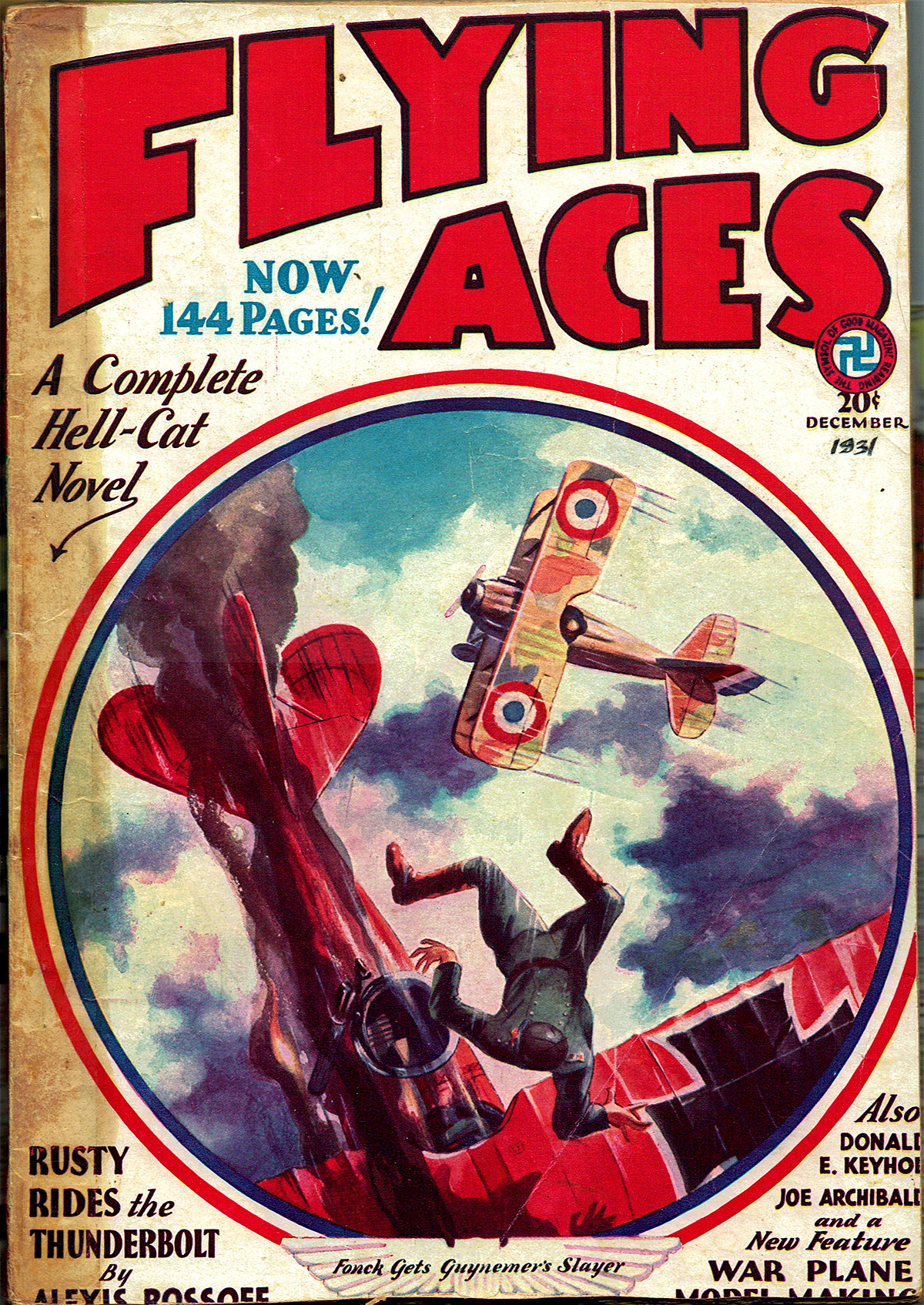 That sound can only mean one thing—that Bachelor of Artifice, Knight of Calamity and an alumnus of Doctor Merlin’s Camelot College for Conjurors is back to vex not only the Germans, but the Americans—the Ninth Pursuit Squadron in particular—as well. Yes it’s the marvel from Boonetown, Iowa himself—Lieutenant Phineas Pinkham!
That sound can only mean one thing—that Bachelor of Artifice, Knight of Calamity and an alumnus of Doctor Merlin’s Camelot College for Conjurors is back to vex not only the Germans, but the Americans—the Ninth Pursuit Squadron in particular—as well. Yes it’s the marvel from Boonetown, Iowa himself—Lieutenant Phineas Pinkham!
With Mannheim gone, the morale of the Fokkers had waned a bit and, for the past few days, the Spads of the Ninth Pursuit Squadron had been enjoying the upper hand in the sky. But today something hit the tarmac with greater force than a Gotha egg. C flight came back tattered and bruised with some very bad news—Von Holke and his The Death’s-Head Squadron had moved in to the area! And they were looking for the pilot who had taken out Mannheim—Lieutenant Phineas Pinkham!
There was one thing von Holke, famous German ace, wanted more than anything else—to see Phineas “Carbuncle” Pinkham lowered into the ground in a long, black box. And Phineas would do—well, almost anything to oblige an enemy!
- Download “Please Omit Flowers” (December 1931, Flying Aces)





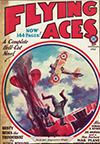

 a story from the pen of Donald E. Keyhoe—his first in the pages of Flying Aces magazine, which ran a story by Keyhoe in most of their issue from January 1930 through September 1942, featuring characters like Richard Knight, Eric Trent or Captain Philip Strange! Before Keyhoe started up the series characters, he wrote other stories of then present day aviation situations—especially situations in the Far East.
a story from the pen of Donald E. Keyhoe—his first in the pages of Flying Aces magazine, which ran a story by Keyhoe in most of their issue from January 1930 through September 1942, featuring characters like Richard Knight, Eric Trent or Captain Philip Strange! Before Keyhoe started up the series characters, he wrote other stories of then present day aviation situations—especially situations in the Far East. 
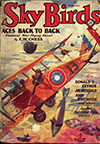 of our twelve tales from the Christmas 1931 issues, and what better way to go out, than with a story from the ever-reliable Arch Whitehouse! Always a crowd-pleaser, Whitehouse wrote hundreds of tales for the air pulps with many featuring series characters. Possibly his longest running series was Buzz Benson! Buzz was featured in every issue of Sky Birds starting with the February 1930 issue. When Sky Birds closed up shop, Buzz moved over to Flying Aces where he continued for two more years.
of our twelve tales from the Christmas 1931 issues, and what better way to go out, than with a story from the ever-reliable Arch Whitehouse! Always a crowd-pleaser, Whitehouse wrote hundreds of tales for the air pulps with many featuring series characters. Possibly his longest running series was Buzz Benson! Buzz was featured in every issue of Sky Birds starting with the February 1930 issue. When Sky Birds closed up shop, Buzz moved over to Flying Aces where he continued for two more years.
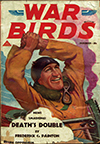 the mantle with care, in hopes that St. Nicholas soon will be there. But we still have time for one more story before the big day—and this time it’s an actual Christmas themed story by Edgar L. Cooper.
the mantle with care, in hopes that St. Nicholas soon will be there. But we still have time for one more story before the big day—and this time it’s an actual Christmas themed story by Edgar L. Cooper.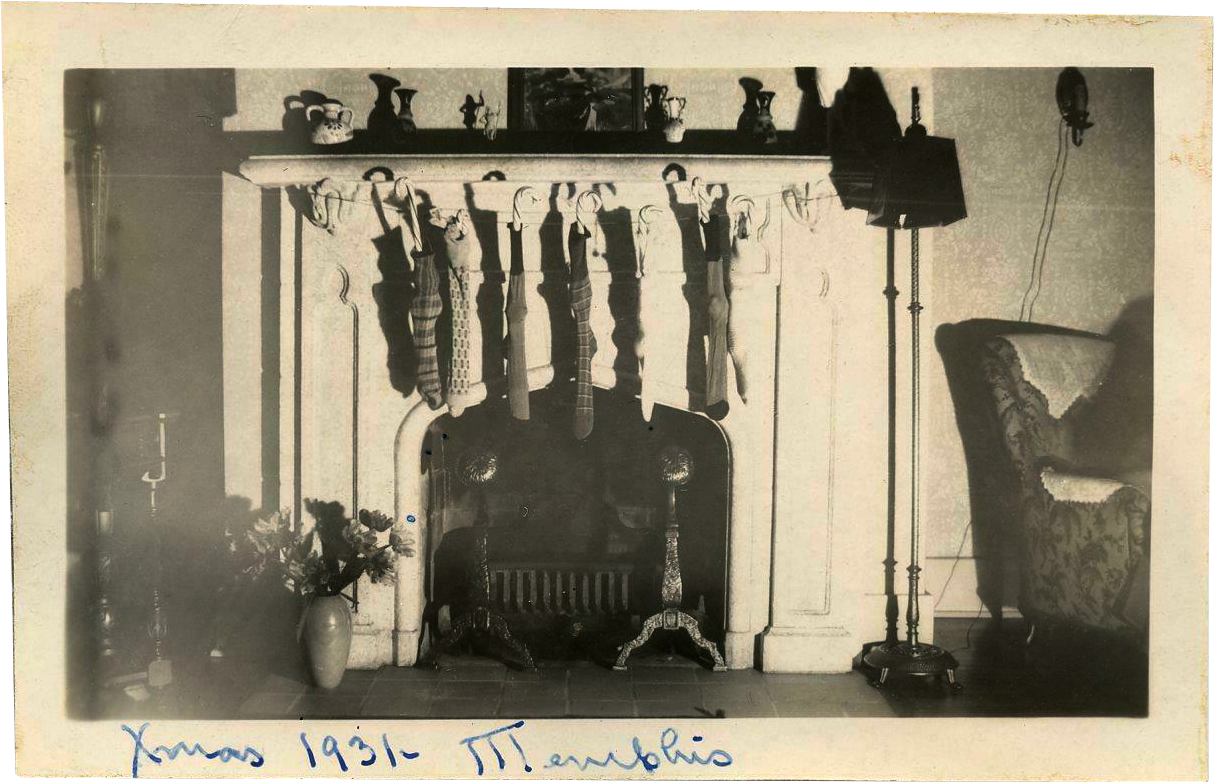
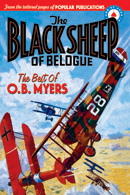 O.B. Myer’s didn’t really have any series characters. The few recurring characters he did have in the pages of Dare-Devil Aces, we’ve collected into a book we like to call “The Black Sheep of Belogue: The Best of O.B. Myers” which collects the two Dynamite Pike and his band of outlaw Aces stories and the handful of Clipper Stark vs the Mongol Ace tales. If you enjoyed this story, you’ll love these stories!
O.B. Myer’s didn’t really have any series characters. The few recurring characters he did have in the pages of Dare-Devil Aces, we’ve collected into a book we like to call “The Black Sheep of Belogue: The Best of O.B. Myers” which collects the two Dynamite Pike and his band of outlaw Aces stories and the handful of Clipper Stark vs the Mongol Ace tales. If you enjoyed this story, you’ll love these stories!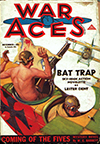 poignant story from the prolific pen of Robert Sidney Bowen. Bowen was a war pilot of the Royal Air Force, as well as the editor of one of the foremost technical journals of aviation in addition to penning hundreds of action-packed stories for the pulps.
poignant story from the prolific pen of Robert Sidney Bowen. Bowen was a war pilot of the Royal Air Force, as well as the editor of one of the foremost technical journals of aviation in addition to penning hundreds of action-packed stories for the pulps.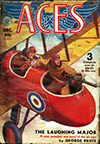 a story from the highly prolific George Bruce. Bruce, a former pilot, began writing in the 1920’s and became noted for his aerial war stories—several publications even bore his name. In the 1930’s and ’40’s he transitioned into screenwriting for Hollywood action films and then into tv in the 1950’s and ’60’s.
a story from the highly prolific George Bruce. Bruce, a former pilot, began writing in the 1920’s and became noted for his aerial war stories—several publications even bore his name. In the 1930’s and ’40’s he transitioned into screenwriting for Hollywood action films and then into tv in the 1950’s and ’60’s.